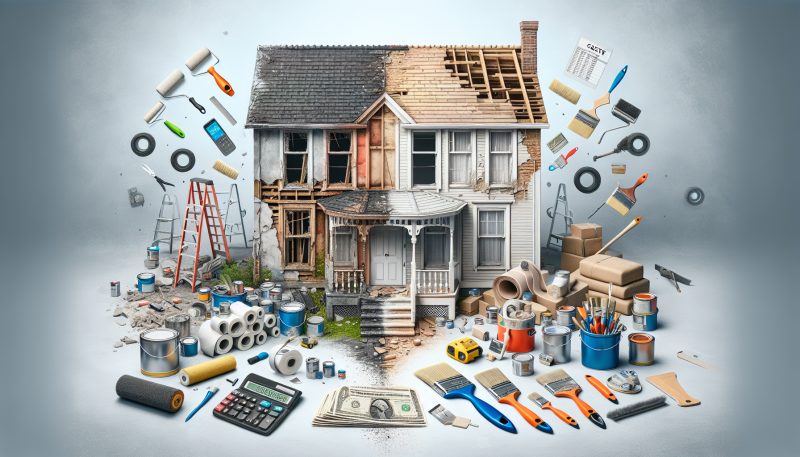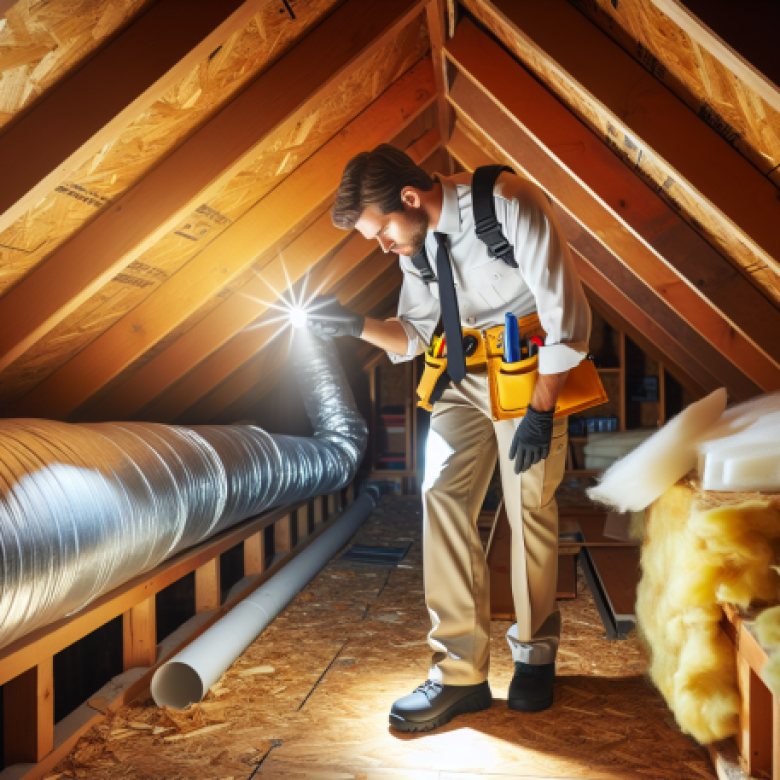When it comes to property restoration, understanding the costs involved is crucial for homeowners and business owners alike. Whether your property has suffered damage from water, fire, mold, or biohazard incidents, knowing what to expect financially can help you make informed decisions. At Projekt Property Restoration, we specialize in both commercial and residential property restoration, bringing over 16 years of experience to the table. Our fully licensed and insured team is dedicated to providing quality service while ensuring affordability. Located in Aventura, FL, we offer a comprehensive range of restoration services, including water damage restoration, mold remediation, fire damage restoration, and more. We understand that the urgency of restoring your property can be overwhelming, which is why we are available 24/7 to assist you. Our commitment to low pricing and high-quality service sets us apart in the industry. In this blog post, we will delve into the various factors that influence the cost of property restoration, helping you navigate this often complex process with ease. Whether you’re dealing with an emergency or planning for future restoration needs, our expert insights will guide you through the financial aspects of property restoration. For more information, feel free to reach out to us at 1-855-933-7935 or email Claims@ProjektFL.com.
Understanding the Factors That Influence Restoration Costs
Restoration costs can vary significantly based on a multitude of factors that property owners must understand to effectively budget for repairs. Whether dealing with water damage, fire damage, or mold remediation, the expenses associated with restoration can be influenced by the extent of the damage, the type of materials involved, the location of the property, and the urgency of the restoration process.
One of the primary factors affecting restoration costs is the extent of the damage. For instance, minor water damage may only require drying out affected areas and replacing a few materials, while extensive damage could necessitate a complete overhaul of the affected structure. According to the Institute for Business and Home Safety, water damage is one of the most common and costly issues faced by homeowners, with an average cost of $2,000 to $5,000 for repairs. In contrast, fire damage can escalate costs dramatically, with the average fire restoration costing between $3,000 and $50,000, depending on the severity of the fire and the materials involved.
Another critical factor is the type of materials that need to be restored or replaced. High-end materials such as hardwood floors, custom cabinetry, or specialized fixtures can significantly increase restoration costs. For example, replacing a standard carpet may cost around $1,500, while restoring a high-quality hardwood floor could range from $3,000 to $10,000, depending on the damage and the type of wood. Additionally, if hazardous materials like asbestos or lead paint are present, the costs can rise sharply due to the need for specialized removal and remediation services.
The location of the property also plays a vital role in determining restoration costs. Urban areas with a higher cost of living typically see higher labor and material costs compared to rural areas. For instance, restoration services in cities like Fort Lauderdale or Weston may charge more due to increased demand and higher operational costs. Furthermore, local regulations and building codes can impact the cost of restoration, as compliance with these standards may require additional work or materials.
The urgency of the restoration process can also influence costs. In emergency situations, such as severe flooding or fire, property owners may need to act quickly to mitigate further damage. This urgency can lead to higher costs, as emergency services often charge a premium for immediate response. According to a report by the Restoration Industry Association, emergency restoration services can cost up to 50% more than standard restoration services due to the need for rapid action and specialized equipment.
Insurance coverage is another factor that can significantly affect out-of-pocket restoration costs. Homeowners with comprehensive insurance policies may find that a significant portion of their restoration costs is covered, while those with limited or no coverage may face substantial expenses. It is essential for property owners to understand their insurance policies and the extent of their coverage to avoid unexpected financial burdens during the restoration process.
In summary, understanding the factors that influence restoration costs is crucial for property owners facing damage. The extent of the damage, the type of materials involved, the location of the property, the urgency of the restoration, and insurance coverage all play significant roles in determining the final costs. By being informed about these factors, homeowners can better prepare for the financial implications of restoration and make more informed decisions regarding their properties.
For more information on restoration services and to get a better understanding of potential costs, consider using our cost calculator or reach out through our contact page. If you are dealing with specific issues like mold, check out our mold removal services for tailored assistance.
Understanding these elements can empower property owners to navigate the complexities of restoration with greater confidence and clarity.
Budgeting for Unexpected Expenses in Property Restoration
When embarking on a property restoration project, it is crucial to prepare for unexpected expenses that may arise during the process. Property restoration often involves dealing with unforeseen circumstances, such as hidden water damage, structural issues, or the need for specialized services. These surprises can significantly impact your budget if you are not adequately prepared. To effectively manage your finances, it is essential to incorporate a contingency plan into your overall budget.
Start by assessing the scope of the restoration work required. This includes a thorough inspection of the property to identify any potential issues that may not be immediately visible. Engaging professionals for a comprehensive mold assessment or structural evaluation can help uncover hidden problems that could lead to additional costs later on. Once you have a clearer picture of the restoration needs, it is wise to allocate a percentage of your total budget—typically around 10 to 20 percent—as a contingency fund specifically for unexpected expenses. This fund will act as a financial buffer, allowing you to address unforeseen issues without derailing your entire project.
Another important aspect of budgeting for unexpected expenses is to research and understand the various factors that can influence costs. For instance, the type of damage, the materials required for restoration, and the labor involved can all vary significantly. It is beneficial to obtain multiple quotes from different contractors to ensure you are getting a fair price and to identify any potential discrepancies in estimates. This not only helps in budgeting but also provides insight into the market rates for restoration services in your area.
Additionally, consider the potential for delays in the restoration process. Delays can lead to increased labor costs and extended project timelines, which can further strain your budget. To mitigate this risk, establish a clear timeline with your contractors and maintain open lines of communication throughout the project. Regular check-ins can help identify any issues early on, allowing you to adjust your budget and timeline as necessary.
It is also essential to factor in the costs of permits and inspections, which can vary based on local regulations. Depending on the extent of the restoration work, you may need to secure various permits, and failing to do so can result in fines or additional costs. Researching local requirements and including these expenses in your budget can prevent unexpected financial burdens.
Lastly, consider the long-term implications of your restoration choices. While it may be tempting to cut corners to save money initially, investing in quality materials and professional services can prevent future issues and expenses. For example, opting for high-quality dehumidification systems or durable materials can reduce the likelihood of mold growth or structural damage down the line, ultimately saving you money in the long run.
In summary, budgeting for unexpected expenses in property restoration requires careful planning, thorough research, and proactive communication with contractors. By setting aside a contingency fund, understanding the factors that influence costs, preparing for potential delays, accounting for permits, and investing in quality solutions, you can navigate the complexities of property restoration with greater confidence and financial stability. This approach not only ensures that you are prepared for the unexpected but also contributes to the overall success of your restoration project. For more information on how to manage your restoration budget effectively, consider reaching out through our contact page.
In conclusion, understanding the cost of property restoration is crucial for homeowners and investors alike. While the financial implications can be significant, being informed about the various factors that influence restoration expenses—such as the extent of damage, materials used, labor costs, and the timeline for completion—can help you make better decisions. It’s essential to budget appropriately, seek multiple quotes from reputable contractors, and consider the long-term value of restoring a property versus the cost of replacement. By approaching property restoration with a clear understanding of the potential costs and benefits, you can ensure that your investment not only restores the property to its former glory but also enhances its overall value and livability. Remember, thorough planning and research can go a long way in mitigating unexpected expenses and achieving a successful restoration project.





